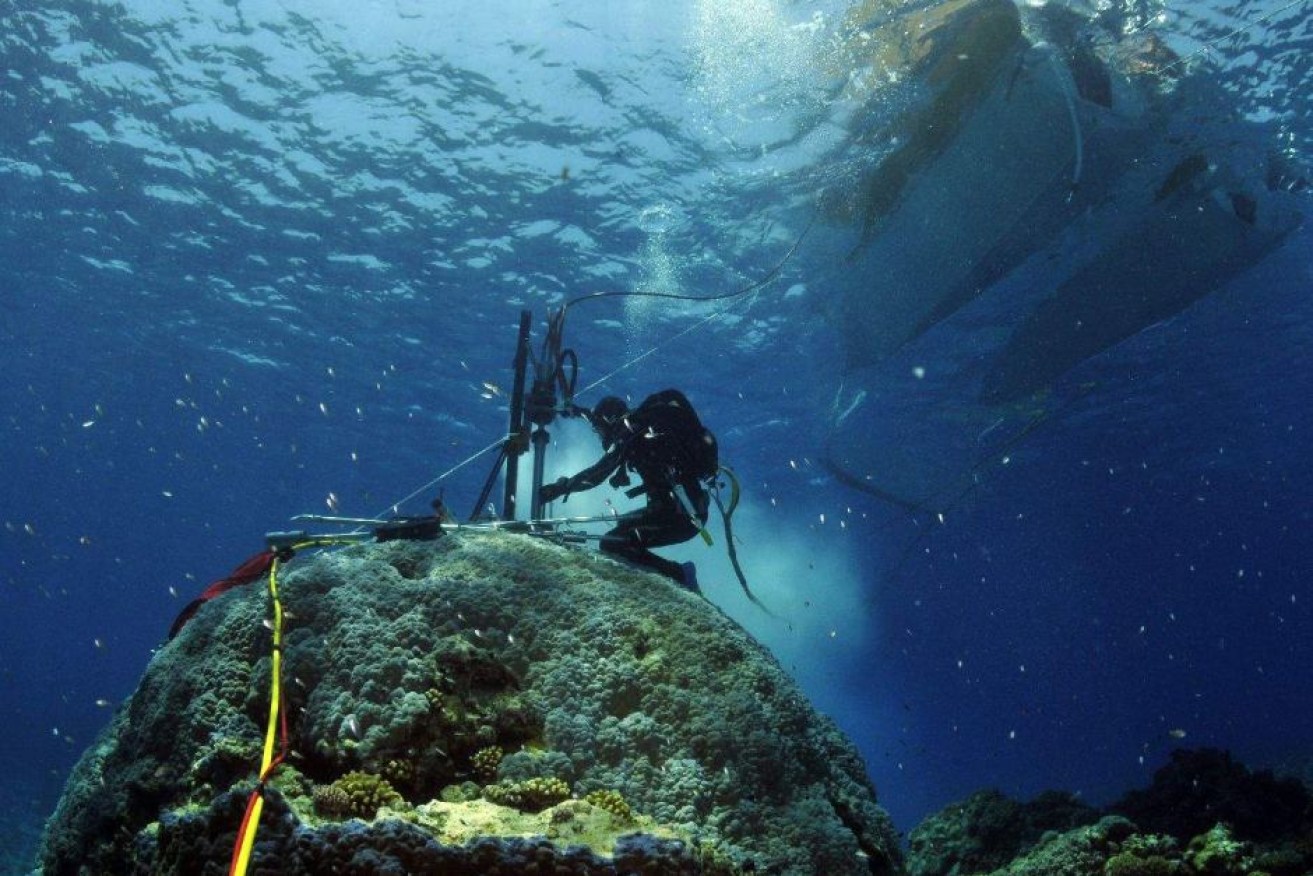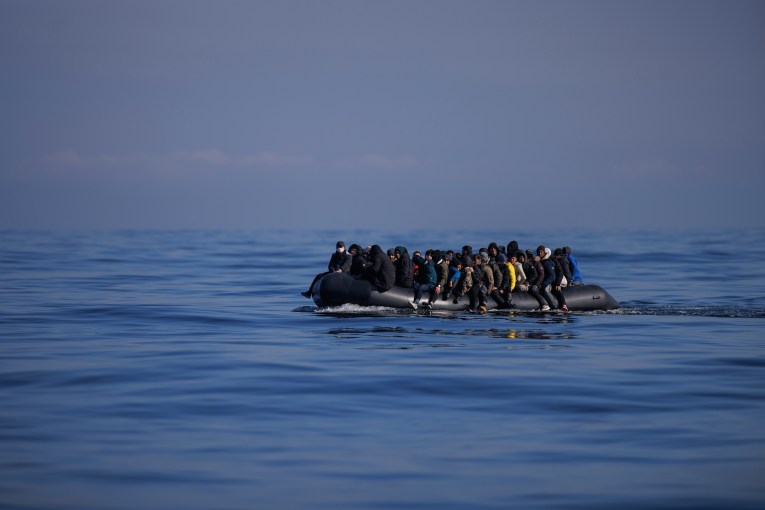Man-made climate change ‘started about 180 years ago’: study

Five hundred years of climate data from sources such as coral was used in the study. Photo: Australian Institute of Marine Studies
Human-induced global warming began as early as the 1830s just as the Industrial Revolution was gaining steam, a new study shows.
And according to Associate Professor Nerilie Abram, of the Australian National University (ANU), the finding also has implications for our understanding of the future impact of human activity on the climate.
The international study, published today in Nature, used detailed reconstructions of climate across the past 500 years to determine when the current warming trend began.
Dr Abram, from ANU’s Research School of Earth Sciences and ARC Centre of Excellence for Climate System Science, said anthropogenic climate change was generally thought of as a 20th-century phenomenon because direct measurements of climate are rare before the 1900s.
However, their study had detected warming in the Arctic and tropical oceans from around the 1830s, just 80 years after the Industrial Revolution started in England.
“It was an extraordinary finding,” she said.
“It was one of those moments where science really surprised us. But the results were clear. The climate warming we are witnessing today started about 180 years ago.”
Watch the century-scale temperature trends for the continents and tropical oceans over the last 500 years below.
https://www.youtube.com/watch?v=z5VC98yZCu0&feature=youtu.be
She said the study attributed the gradual warming to an increase in greenhouse gas emissions linked to the move from an agricultural to industrialised society.
“From the 1830s greenhouse gases in the atmosphere are at 280 parts per million — a typical pre-industrial value — but from that point they increased gradually,” she said.
“By the 1900s [greenhouse gases] were 295 parts per million, so we are seeing a small but measurable effect of industrialisation on carbon in the atmosphere.
“The climate system did respond quite quickly to industrialisation … it was a small response, but it’s a measurable one.”
Data from corals, tree rings, cave decorations and ice cores
The team of 25 scientists from the US, Australia, Europe and Asia used climate-model simulations and data from the natural record contained in corals, tree rings, cave decorations and ice cores to track climate variations in the world’s oceans and continents.
Interestingly, the study found sustained warming was delayed in the southern hemisphere by about 50 years.
Dr Abram said this could be linked to the circulation patterns in the southern oceans that move warmer waters away from the Antarctic and into the sub-surface ocean.

Layers of ice that have built up over Antarctica and Greenland provide a way of reconstructing Earth’s past temperature. Photo: ABC
She said the study also found differences in when this sustained warming pushed regional climates outside their average variability.
In the Arctic it occurred in the 1930s, about 100 years after warming began, while in Australia the delayed onset of warming in the southern hemisphere meant the impact of the changing climate was not evident until around 1960.
“Warming began later in the southern hemisphere so we don’t see significant warming in Australia until the 1900s,” Dr Abram said.
“But we have had rapid warming since then and by 1960 we would say it has moved out of its range of what is normal.”
Dr Abram said the study did not alter “anything we know about how climate has changed during the 20th century”.
“[But] it does feed into our discussion of what is dangerous climate change and how much we have changed the climate already — it has a place in letting us have the full picture.”

Cave samples record changes in Earth’s climate. Photo: ABC
She said targets to limit warming to less than 1.5 degrees Celsius were relative to a baseline set between 1880 and 1900.
Dr Abrams said her team’s study showed that baseline was within the timeframe of when humans were already changing the climate.
She said even though the warming between 1830 and 1880 was incremental it still needed to be taken into account.
“We are already at one degree warmer and 2016 is shaping up to be about 1.3 degrees, so even though it’s a small effect we have to add it in and it’s quite significant when talking about these targets we are getting close to.”
—ABC








